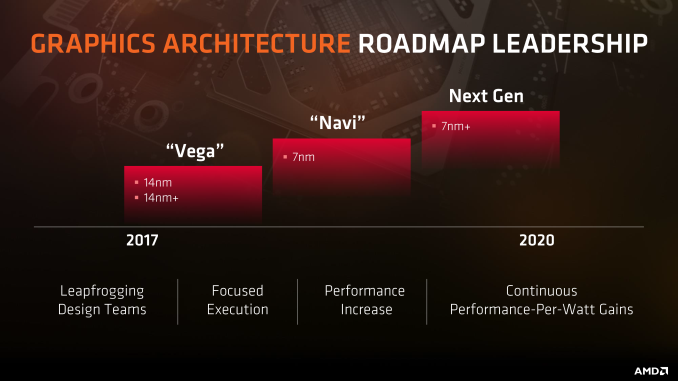One slide (second picture in the first set of slides in
https://www.computerbase.de/2018-11/amd-radeon-instinct-mi60/) had an artist's rendition of MI25 and MI60.
Pixel counting is rough going by a picture of a projected presentation, but my google-fu is a bit weak on finding a direct reference. However, there's been a rough correlation in area in the pictographs versus actual die shots historically.
The core GPU area (CUs, L2, front ends, ROPs) for MI25 is about 75% of the area, whereas MI60's core GPU area appears to be a little over half of its die.
The additional IO and supporting fabric/controllers appear to have a much higher proportion of the die at 7nm.
The MI60's core GPU area appears to be about half that of the MI25, and the ratio of areas of the representations seem to be proportional to their announced die size differences (with healthy error bars).
If we assume that the core GPU area for both is the dominant contributor to their transistor counts, it seems like that part of the GPU scaled more in line with AMD's current density scaling claims.
As for what goes in that wide ring of non-GPU in MI60, there's things like the various controllers, HBCC, and the infinity fabric mesh. The HBCC and memory section is hefty, and it may be a major contributor to the big swaths of "nothing" in the MI60 drawing on the left and right between the HBM PHY. In Vega, the region AMD indicated was the fabric was a minor but visible strip of silicon along the bottom of the GPU section, below the ROPs. Area wise, that strip was maybe roughly half the area of the RBEs, with some unknown number of blocks on the side with the PCIe and other interfaces potentially part of it. MI60 has "dark" strips going all around it now, given that there is twice the memory transported overall and on both sides of the GPU. Then there's xGMI on one side which would have its own stops on the die at significant fractions of the GPU's bandwidth.
That's a mesh scaled to 1 TB bandwidth, and it's composed of wires and buffers in a region that may not have scaled that well. The likely IF blocks in Zen are a non-trivial contributor, if the block of rectangles in the center of the die correspond to the crossbar setup that supports DDR bandwidths 1-2 orders of magnitude lower than MI60.
Looking at Fiji, it doesn't have such an obvious section of the die devoted to its interconnect, so while the fabric can give many benefits, I think area isn't one of them.
edit: From 7:00 onwards in the following presentation, there's an exchange covering the not 2x area scaling where the statement was that not all areas of the chip had that higher density. This seems to be the case for the silicon all around the GPU core.



